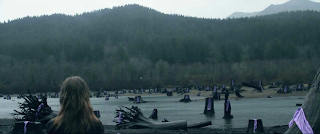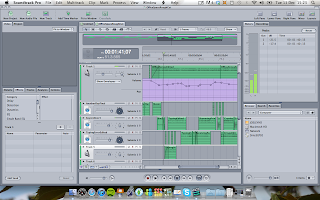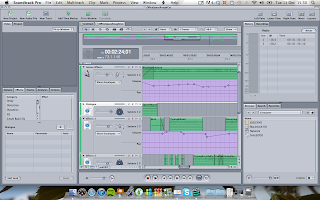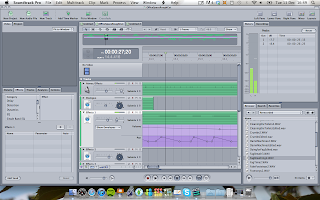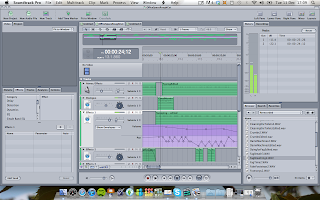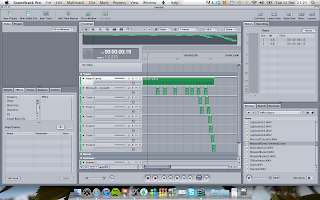After reading Bordwell's discussion of experimental film, I am more aware of the forms that can be found - such as abstract and associational.
Firstly, Bordwell discusses abstract form, a form that focuses more on the pictorial qualities of a film than the narrative, it is the highlighting of colour, shapes, sizes and movements that can be found in images.
'Ballet Mechanique' is one example that Bordwell discusses in depth with regard to abstract form, this provides a detailed look at segments of the film (supported by pictures) that illustrate the use of abstract form structure. Bordwell splits the film into segments - the first segment, he suggests, establishes that rhythm, shape, direction of movement and texture will be the focus of the film. This is based particular shots that he comments on, such as the rhythms that are present in the opening shot of a woman on a swing, the shape of the round hat, the direction of the movement of the shiny ball and the texture of the vertical bottles, amongst other examples.
Continuing in this fashion, Bordwell explains each segment of 'Ballet Mechanique's structure, meaning that by the end of the commentary, I can begin to understand the themes and variations approach to the piece.
He also discusses the associational form, images and sounds that are juxtaposed to create an association between them, even if they images are not obviously connected, the grouping of the images should create the association. He uses 'A Movie' which Bordwell splits into four segments compared to 'Ballet Mechanique's eight. Connor makes his film out of "found-footage" to show the destruction of civilisation, however, in the first segment, Connor makes use of the opening titles to destroy suspension in disbelief and remind the audience they are watching 'A Movie'. The second segment is full of this 'scavenged' footage as Bordwell labels it, which begins to establish a movement and directionality as the link between the footage before it changes to a more shock orientated editing style. Connor's music choice, editing style and movement in the frame are discussed as building a 'manic energy'.
Again, throughout the segments different associations are identified and Bordwell discusses repetition and variation within 'A Movie'. He suggests that the repetitions form motifs that can be indicative of an overall pattern throughout the film and these guide the audience's thoughts. He closes that simply juxtaposing imagery and sound can arouse an audience's emotion or influence their thoughts.
The discussion in this chapter has lead me to conclude that an experimental film can be organised with a specific set of rules in mind or improvised but that each film is an expression of the filmmaker.

